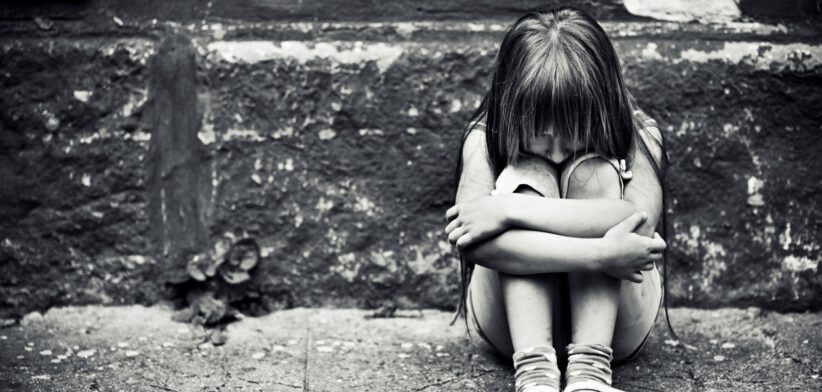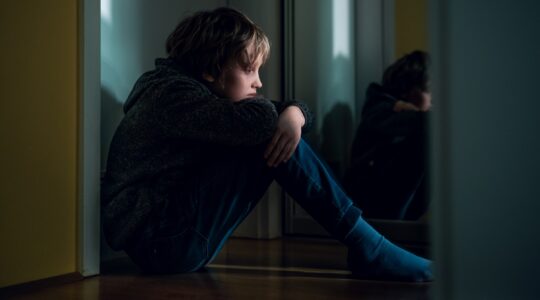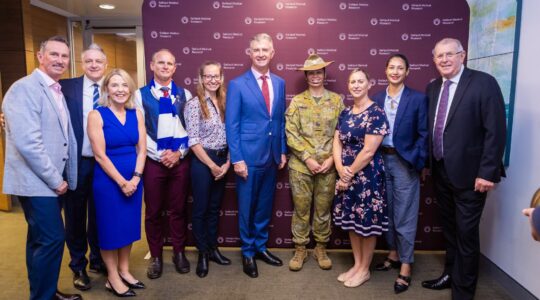Thousands of Australian children are homeless without a parent or guardian and hundreds have committed suicide despite being known to specialist homelessness services.
New data from the Australian Institute of Health and Welfare has for the first time revealed the scale of children experiencing homelessness alone, with the statistics showing one child known to homelessness services dies, on average, every week.
Homelessness Australia CEO Kate Colvin said the report showed 13,300 unaccompanied children aged 12-17 sought out specialist homelessness services in 2023-24.
Ms Colvin said of those children, 2443 were aged 12-14, 96 percent were alone, six percent were in a grouping of children, and 63 percent were female.
“Tragically, 3 in 4 unaccompanied children (77 percent) who were homeless when support started were still homeless when support ended in 2023-24,” she said.
“It’s unthinkable that children are homeless and alone, and services don’t have the resources to meet their needs.”
Associate Professor in Communities and Social Justice at the University of Tasmania Catherine Robinson said the new data made visible the reality of child homelessness in Australia.
“Children who are homeless and alone have for too long been invisible in homelessness systems designed for older young people or adults,” Associate Professor Robinson said.
“This needs to be a line in the sand for all jurisdictions to respond to the extreme vulnerability of unaccompanied children,” she said.
“We desperately need a national action plan to support good, child-focused practices and policies across jurisdictions.”
Ms Colvin said in a separate AIHW report, new data also revealed alarming statistics about death rates among children who had been in contact with specialist homelessness services over the last decade to 2023.
She said 520 children who had been in contact with a specialist homelessness service died in the decade 2012/13 to 2023/24, accounting for 1 in 13 of all child deaths over that period, with suicide the leading cause of death for children aged 12-17, who had been in contact with a homeless service.
“Most children who are homeless without a parent or guardian are fleeing homes where they have experienced violence, abandonment or neglect,” she said.
“For younger children who come to homelessness services alone, this means helping to resolve family issues so they can return home or identifying an appropriate alternative guardian, and for older children often means ongoing support in safe, age appropriate housing if a return home is not safe.”
Melbourne City Mission spokesperson and Home Time founder Shorna Moore said the frontline service was seeing more children turning up traumatised and alone in desperate need of help to escape homelessness.
“We see how a child’s trauma is exacerbated when services can’t provide the care, and a pathway to a safe home that they need, and sadly children are dying as a result. It is horrifying that over the past 10 years, a child known to homelessness services has died on average every week,” Ms Moore said.
“These statistics are gut-wrenching, and should make decision makers sit up, and invest in dedicated support and housing for children so no child is trapped in homelessness,” she said.
Ms Colvin said the homelessness sector was calling on the Federal Government to take the following steps to better support children who were coming to specialist homelessness services unaccompanied, including:
- Create a national action plan to set up the systems to identify children at risk, prevent them from becoming homelessness, and deliver age appropriate care to children fleeing home.
- Dedicated tenancies with age appropriate care and support for older children who can’t return home.
- Respite care and intensive support for young children with support to return home, or identification of alternative care arrangements
Investment in prevention and early intervention programs for homeless children.








